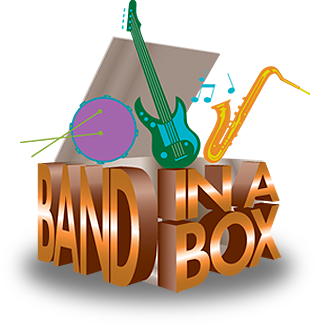 |
| http://www.pgmusic.com/gfx/bb_logo_homepage.png |
 |
http://www.covalentmarketing.com/wp-content/uploads/2011/10/Document-Camera1.jpg
|
Next on my list is a document camera. I have scanned much of the music I use with my instrumental students onto my network drive, but if I want to scan in NEW music, I have to take the time to go down to the computer lab, log on to a school PC, wait for the scanner to warm up, and then scan the files...page by page... With the document camera, I could interact with music whenever I want. Showing off a score of an Orff accompaniment would be beneficial for increasing students' understanding of ensemble, as demonstrated in the Bauer anecdote at the beginning of chapter 4. This would also help students to see fine details of instrument assembly or hand positions. I could put the head joint of the clarinet under the document camera to show exactly how much mouthpiece should be showing over the top of the reed for my beginning students. For violinists, I could demonstrate the bow grip using the document camera rather than walking around the classroom, taking valuable instructional time, to show each student in person. While this may be necessary for some students, the majority will be able to see from the magnified image on the board.
 |
| http://www.halleonard.com/ee/software/images/smartmusic.png |
Finally, I would love to have access to SmartMusic, especially so that I may learn more about the applications of the software. What I wonder the most about is if I am able to upload my own scores/arrangements for students to use for practice purposes. I understand it has already included method books for band and orchestra, but what about composition capabilities? The video from the lecture demonstrated the extrinsic and intrinsic motivation available through the application of SmartMusic, but at a secondary level. How practical is this software for beginning students? How about choral students? General music? Can my students practice their crossover bordun with SmartMusic? Can they play their bongo part on SmartMusic? Can they sing a canon with SmartMusic? If the answers to these questions is, "Yes!" then I can absolutely justify the subscription cost. However, if not, perhaps my teaching load is not quite suitable for its use.
In terms of technologies I already use that I find enhance student engagement and learning, the SmartBoard and video/audio recordings are integral components of my daily teaching life. I use the SmartBoard daily for discussion purposes and interactive lessons ranging from vocal exploration to rhythmic composition. My iPhone is my digital audio recording device. I use the "Voice Memos" app to record my classes singing then play it back for group feedback. My first graders can't wait to hear themselves and reflect on their performances. Lately, I have used the iPad for assessment purposes, both teacher and student assessment. Last year, I videoed my fourth graders playing "Hot Cross Buns" on their trumpets. I saved each one separately, then created a students self-assessment rubric and checklist. Students took turns watching/listening to their performance and rating their embouchure, tone, and pitch accuracy. I evaluated them on a similar rubric and compared the student and teacher results. I found that the majority of student assessments agreed with my own assessment of their performance. In my first grade classes, I videoed their solfege assessment. I watch the videos after class to assess them based on the rubric my colleagues created. This saves valuable class time while still assessing each student individually.
I am always looking for technology that can be integrated easily in my students' musical lives. I think the applications mentioned above would be helpful to me initially, but could also be used by my students once I had a handle on their functionality.
Bauer, W. (2014). Music learning today: Digital pedagogy for creating, performing, and responding
to music. New York, NY: Oxford University Press.
No comments:
Post a Comment